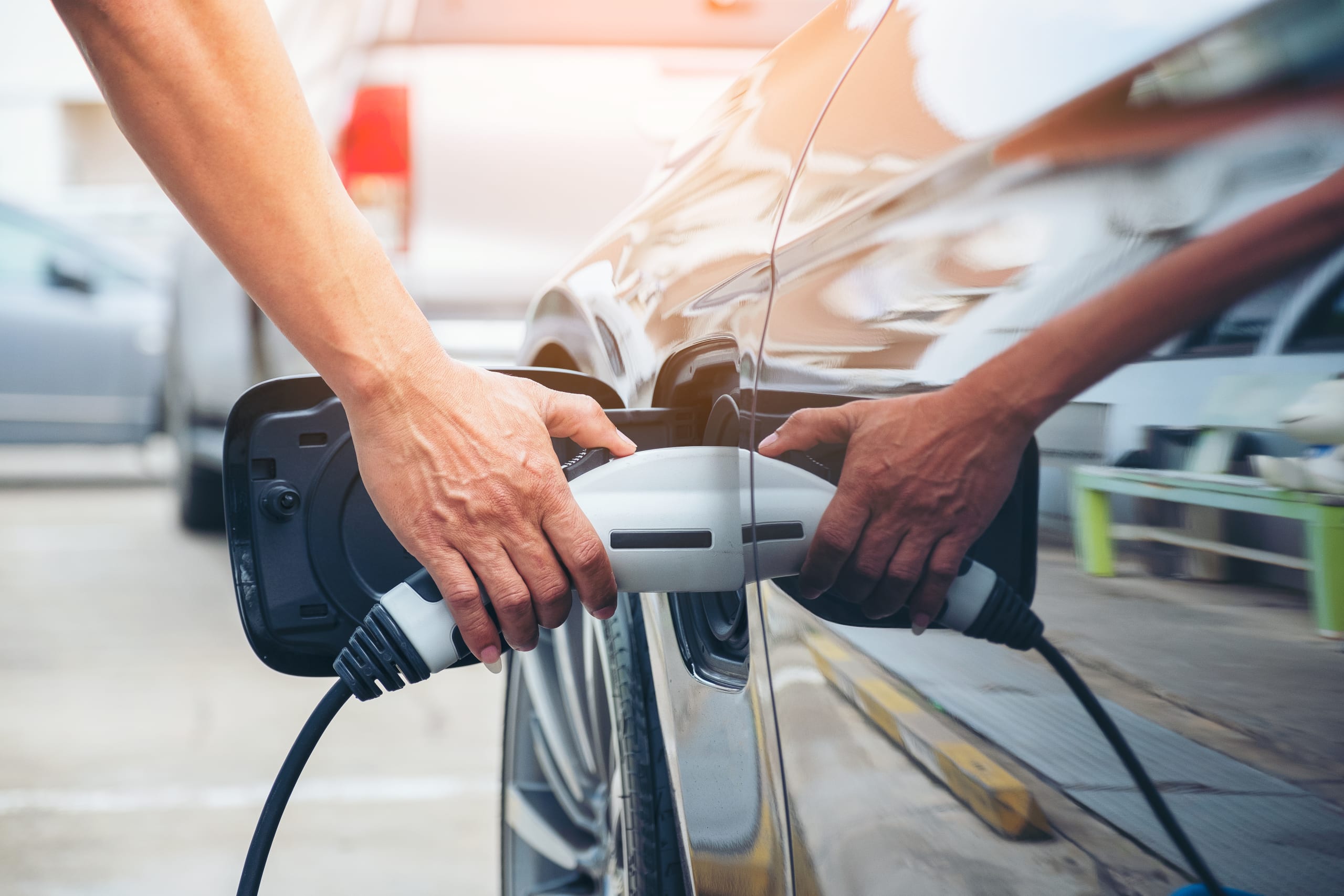While the US federal government cannot limit what vehicles OEMs sell, it is able to limit total vehicle emissions through the legal authority of the Clean Air Act. The Environment Protection Agency (EPA) has released its finalised plans for new emission rules, mandating emission standards for vehicles sold between 2027 and 2032. The plans show a relaxation of initial targets proposed in April 2023, the ultimate 2032 goal remains similar, but the earlier years will allow a more gradual transition to EVs.
Reduced emissions targets for early years
From 2027, light duty vehicles are required to reach 170g of CO2 emitted per mile, this decreases to 86g per mile by 2032. However, this is a relaxation on previously proposed standards that began at 152 g per mile in 2027 and reached 82g per mile in 2032. The final 2032 target equates to a 49% emissions reduction compared to 2026 levels, lower than the previously planned 56% emissions cut.

These standards to do not mandate vehicle producers to stop selling ICE vehicles. However, in order to comply with the rules, automakers will most likely favour electric vehicles to reach the standards. For sales between 2030 and 2032, the EPA forecast scenarios predict that automakers’ total BEV sales will need to reach between 35% to 56%. The rest being made up from HEV, PHEV and ICE sales.
Combustion vehicles will remain prevalent
In the previously released plan, PHEVs were not included in this scenario modelling, with the EPA expecting 67% of sales to be BEV. Subsequent lobbying by oil companies, opposition from some manufacturers and dealerships led the EPA to re-adjust its targets.
The re-adjustment comes as some companies are seeing slower than expected growth in BEV sales in the US, and subsequently turning back to PHEV sales. Most notably, GM recently pivoted back to producing PHEVs in the US, explicitly mentioning emissions standards as part of their motive to do so. The new standards may push consumers towards favouring hybrids, further increasing their sales. The final rulemaking also mentions a delay to adjusting PHEVs emissions rating methods from 2027 – 2031 which will preserve the value of these vehicles in helping to meet the rule.
Rho’s Evaluation, a look at the figures
In 2023, BEVs and PHEVs accounted for just over 9% of total vehicle sales, with 80% of this BEV sales. By 2030, we expect penetration of EV sales to reach 40%. The EPA will certainly push the US market towards further electrification, however, with this being an election year and the possibility of a new president, a new presidential agenda may override the EPA.
To read Rho Motion’s analysts view and for further details see our briefing on the new rules here.
More Information
For more information on how our research can support you, get in touch.
Image credit: Adobe Stock

 Back to News
Back to News